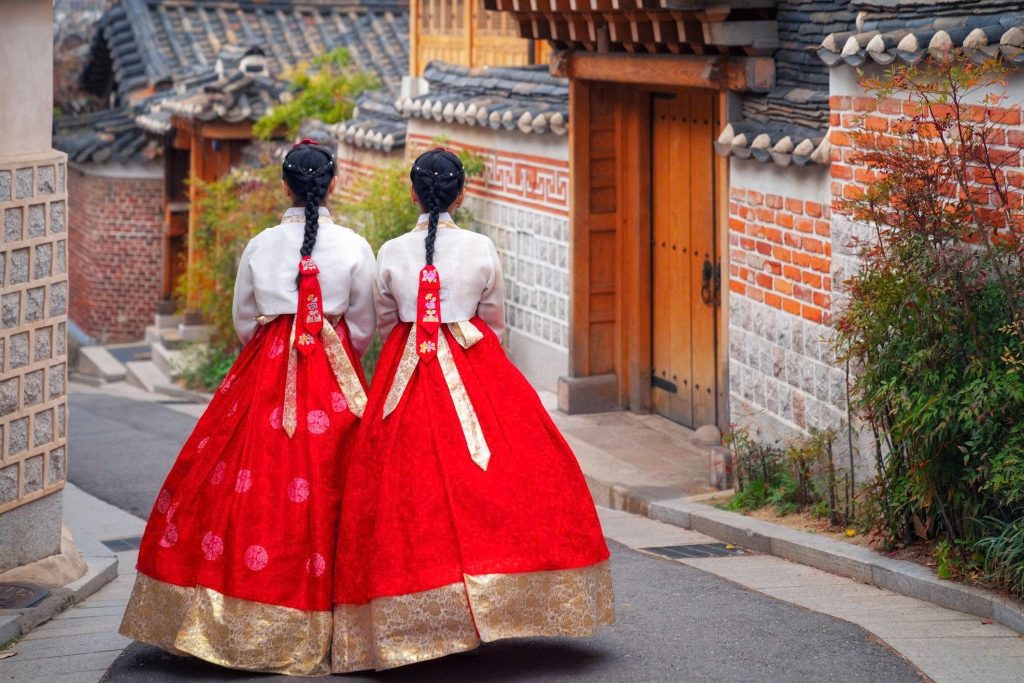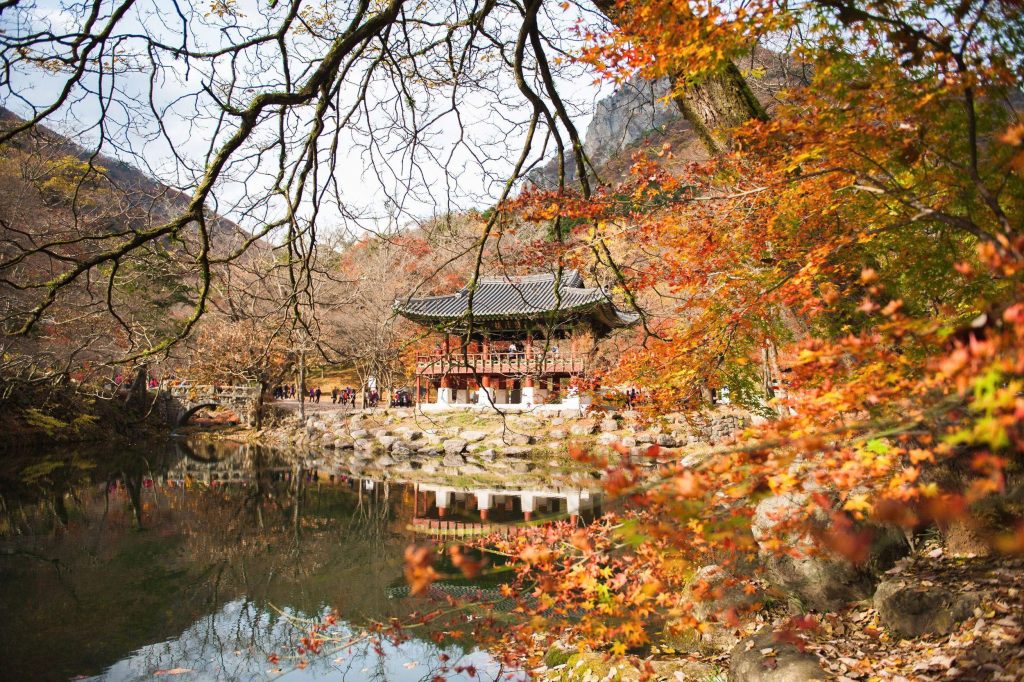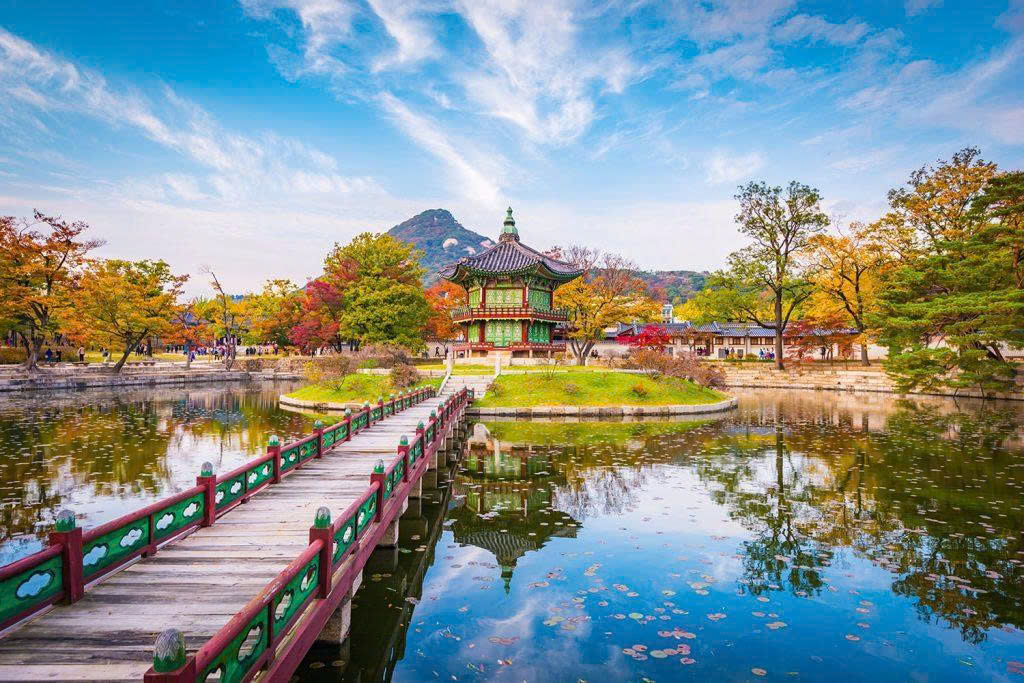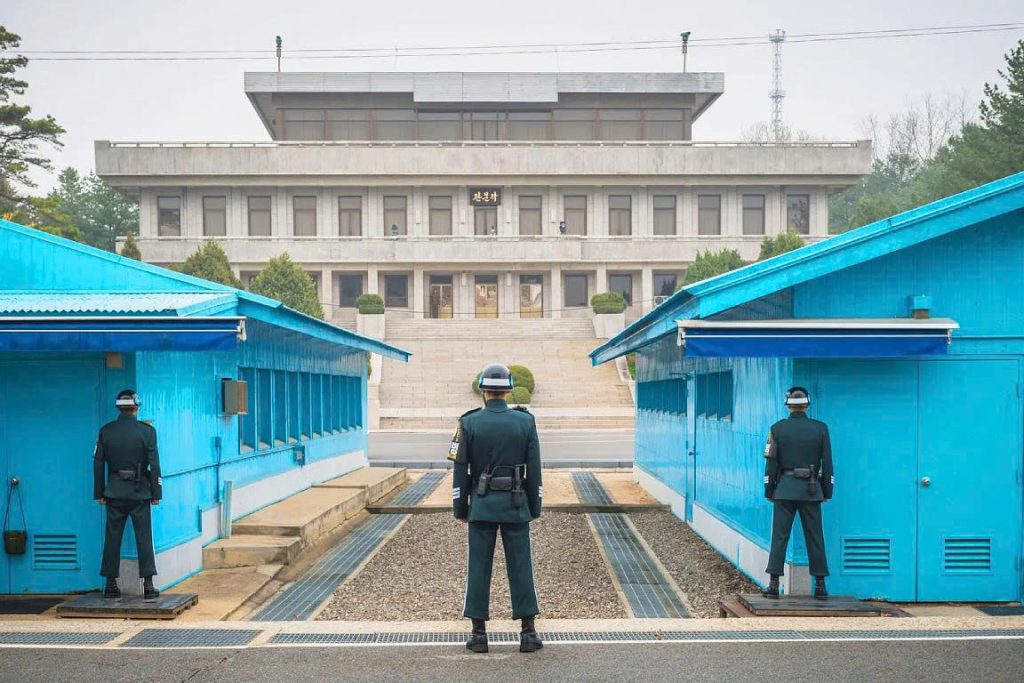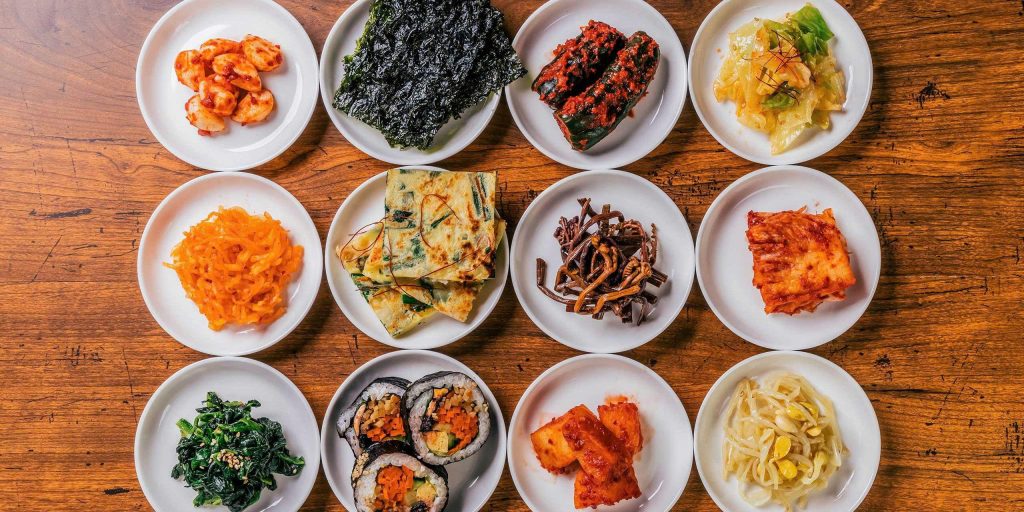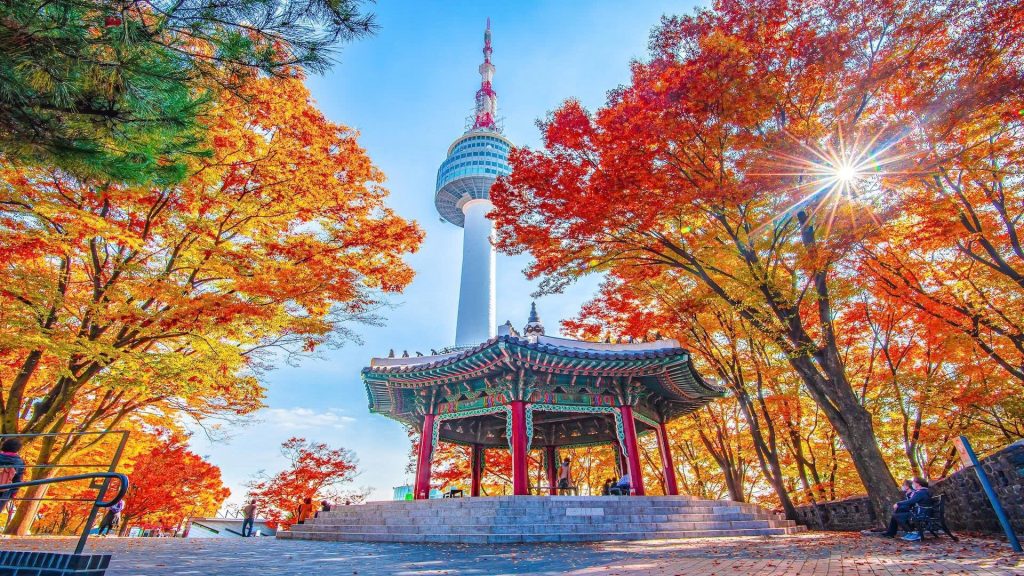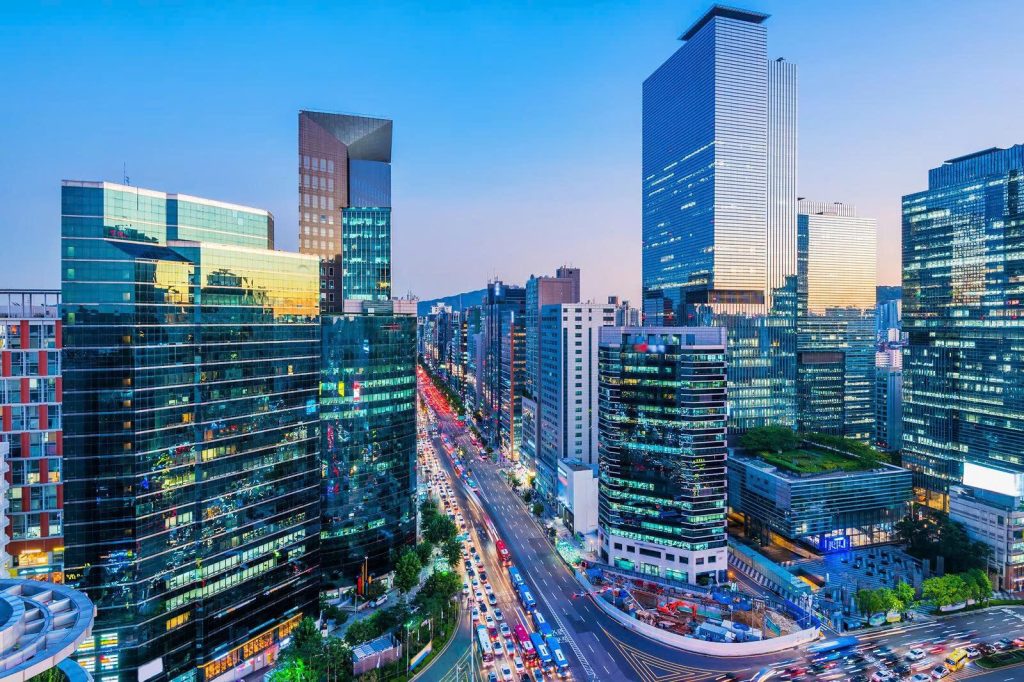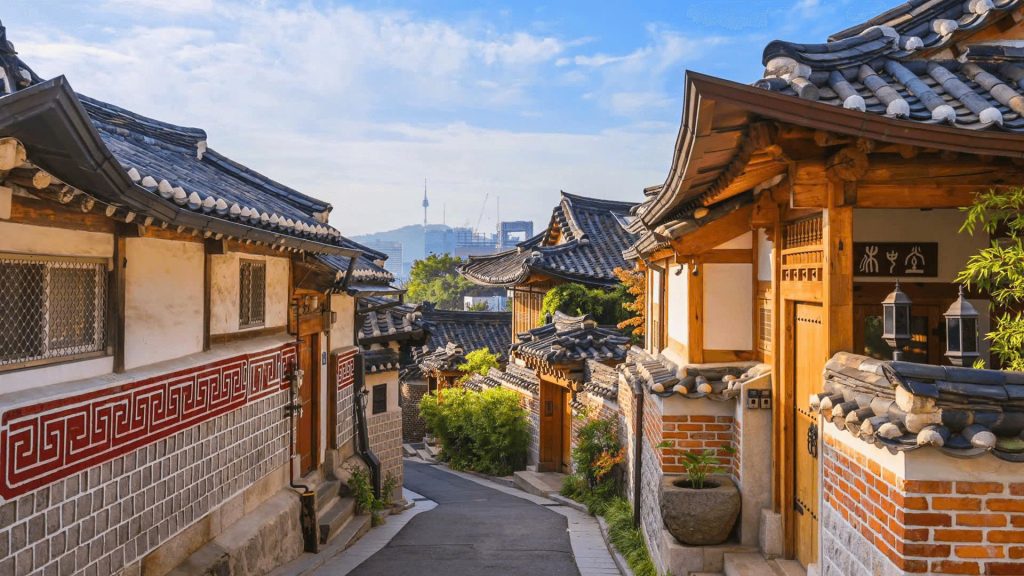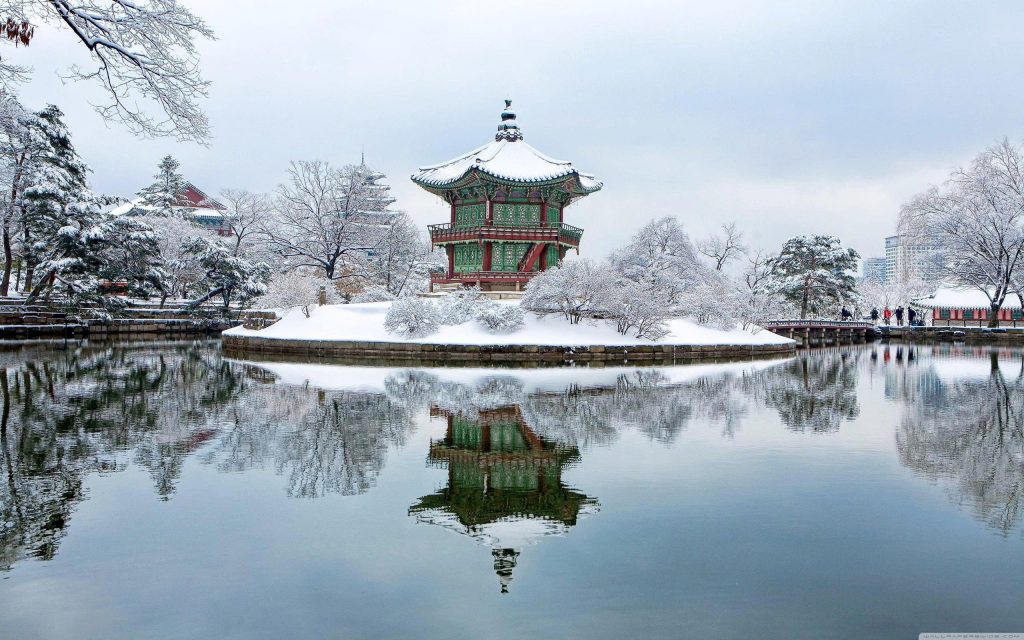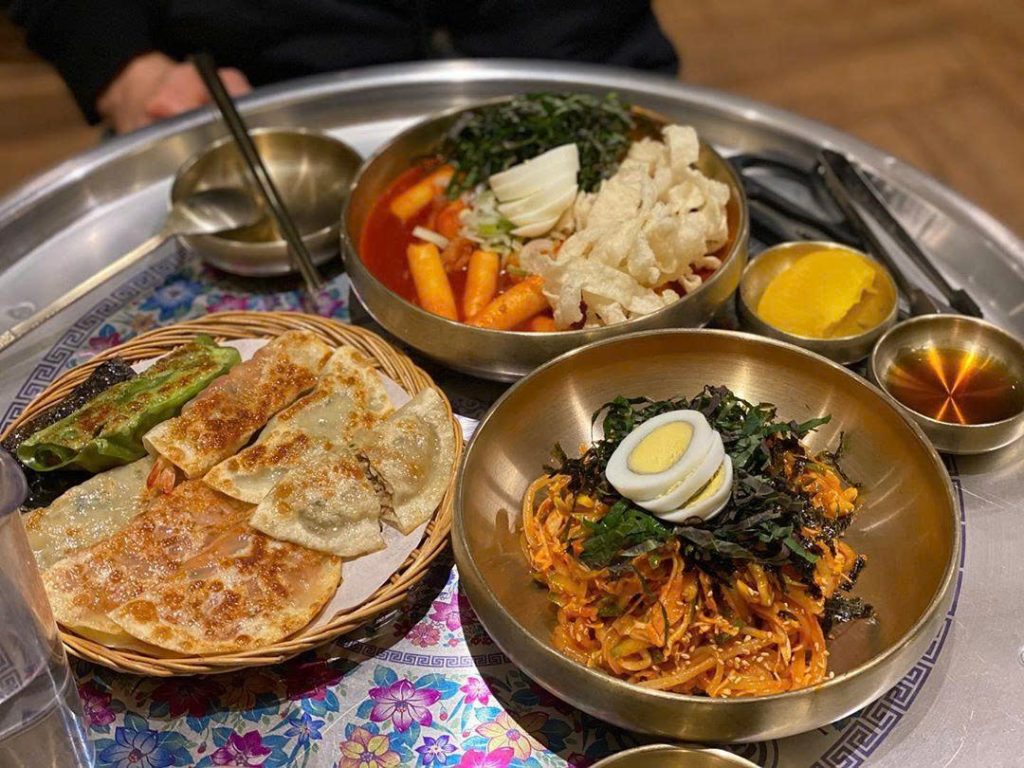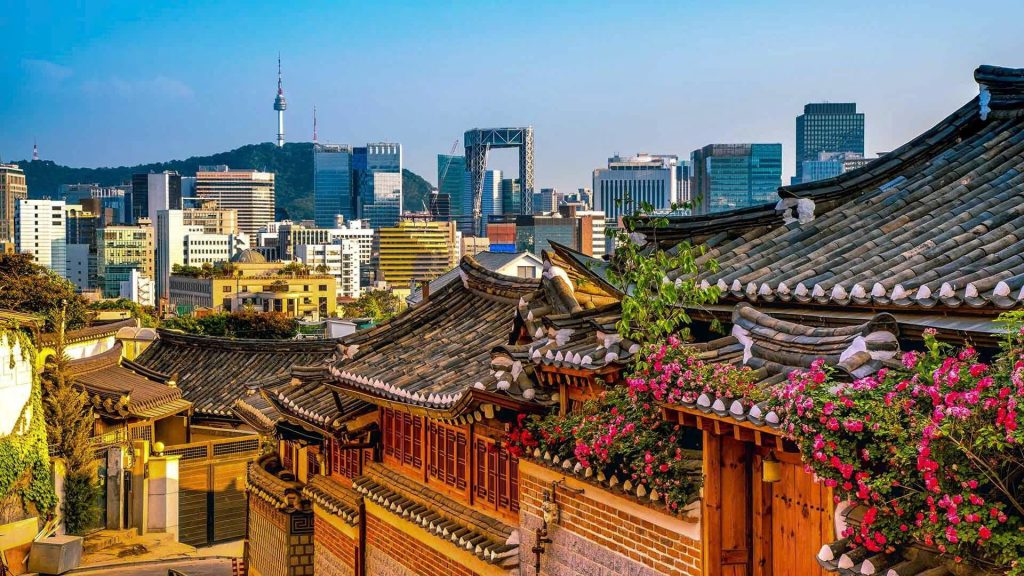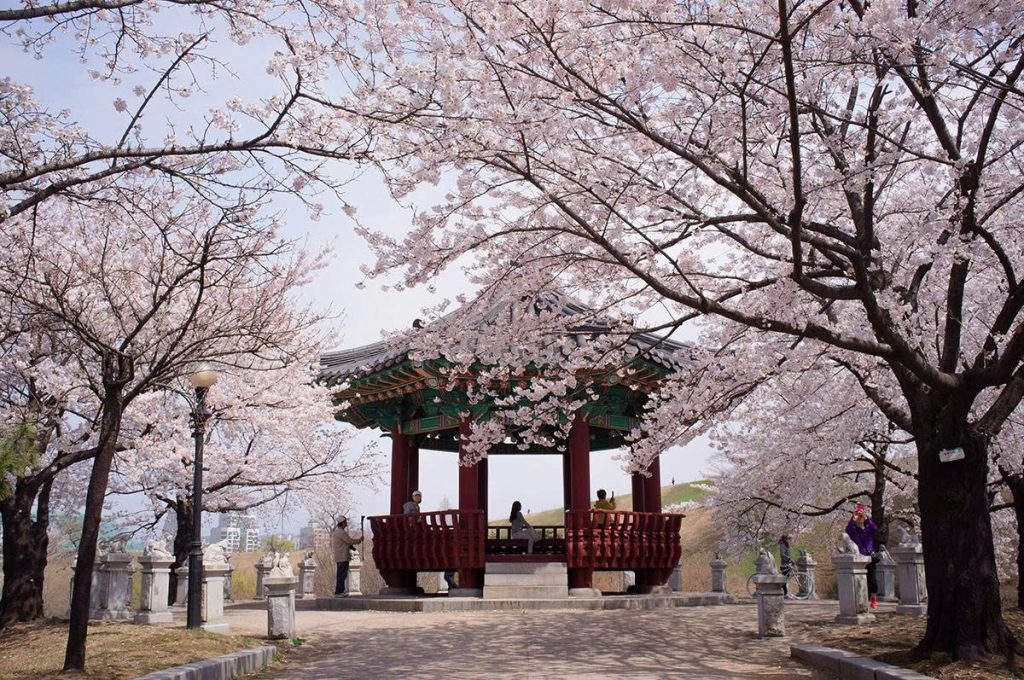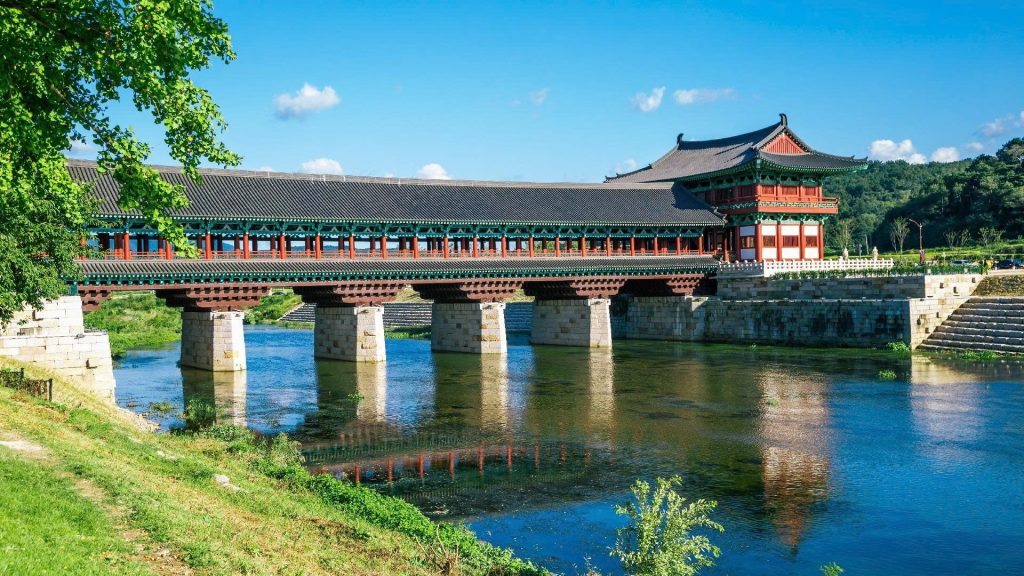South Korea is a paradox wrapped in vibrant energy. It is a nation where the silent, ancient dignity of a Joseon Dynasty palace stands proudly against the neon pulse of the Gangnam district. For the global traveler, a journey here is an immersion into a culture defined by Palli-Palli (빨리빨리 – “Hurry-Hurry”) speed and deep-rooted respect.
To truly appreciate this dynamism, you need more than a simple checklist; you need a cultural compass. This article is your ultimate resource for understanding Korean norms, history, and practicalities. We will guide you through the intricacies of Korean etiquette, delve into the forces that shaped the nation’s identity, and provide the essential travel tips to ensure your trip is smooth, respectful, and unforgettable.
1. Mastering Basic Korean Etiquette: The Foundation of Respect
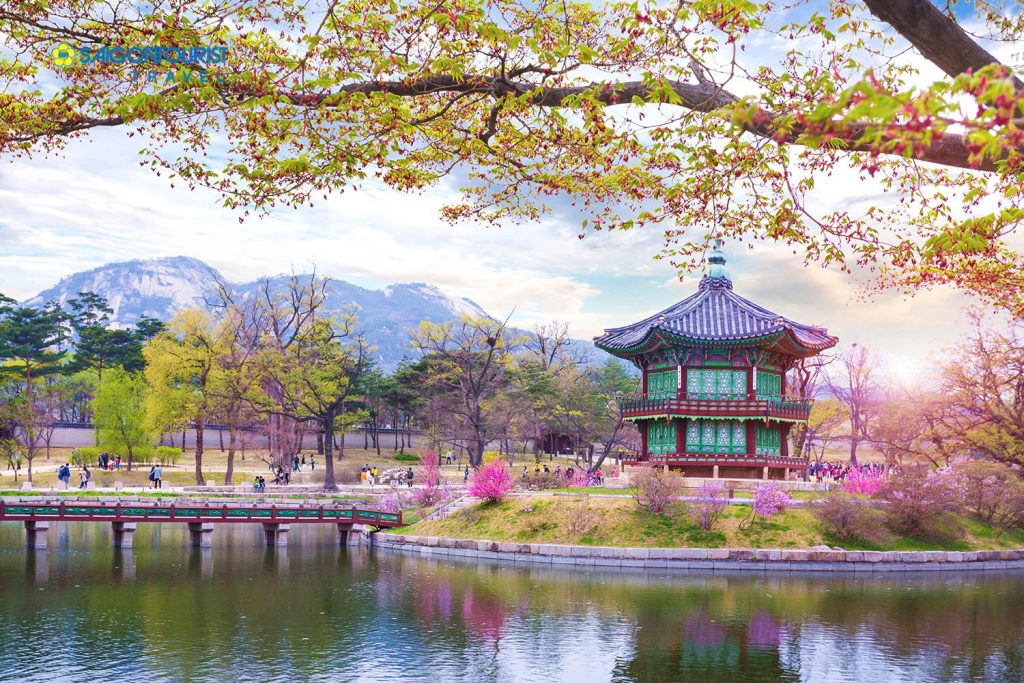
The core of Korean social interaction is Hyer-archy (Hierarchy), a system emphasizing status based on age, position, and relationship. Your adherence to basic etiquette is the quickest way to show respect and receive kindness in return.
Social Interactions: The Language of the Body
The Art of Bowing: A Universal Greeting
Bowing is the standard greeting, farewell, and sign of respect. The depth of the bow conveys the level of formality:
- The Casual Nod: A slight dip of the head (10-15 degrees) is sufficient for shop clerks, taxi drivers, and acquaintances.
- The Standard Bow (15-30 degrees): Used when meeting new people or interacting with service staff.
- The Deep Formal Bow (45 degrees): Reserved for elders, highly respected individuals, or formal business settings.
It is common to accompany a bow with a handshake in business or between men, often with the left hand supporting the right forearm or wrist to show respect.
The Two-Hand Rule: Showing Sincerity
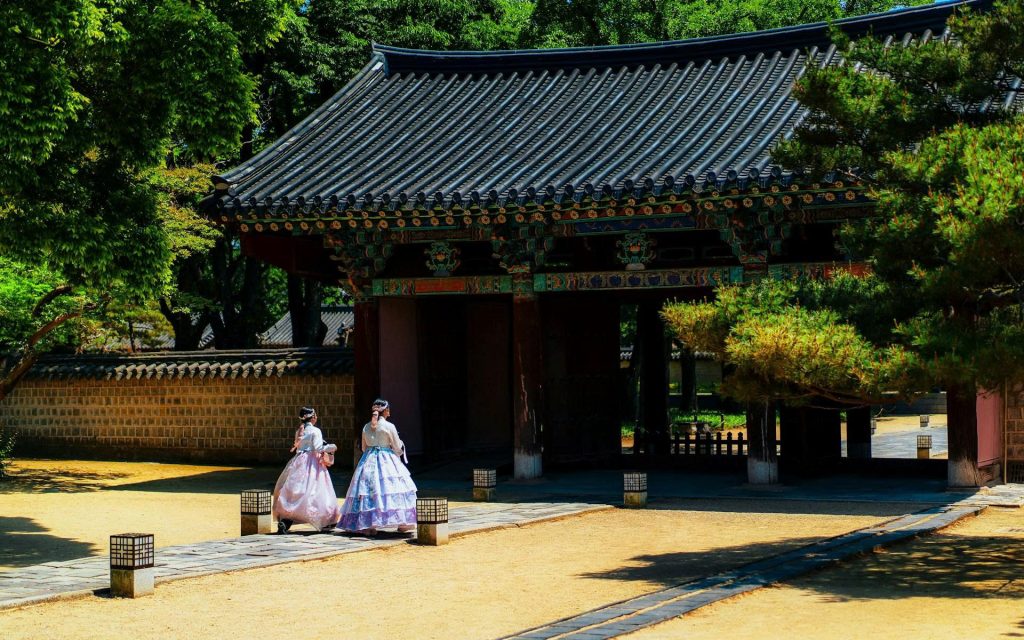
This is a non-negotiable rule demonstrating deference and politeness.
- Always Use Both Hands: When giving or receiving an object, such as a business card, money, a drink, or a gift, use both hands.
- The One-Hand Variation: If using both hands is awkward (like handing a small item), use your dominant hand and lightly touch your forearm or wrist with your non-dominant hand.
- Business Cards (Myeonham): Present and receive a business card with two hands, read it briefly, and never place it directly into your back pocket.
Addressing People Correctly: Status and Titles
Always prioritize titles over first names unless explicitly told otherwise.
- The Suffix -ssi (씨): The most common polite suffix added to a person’s full name or just their given name (e.g., Sora-ssi). Use this for peers or acquaintances.
- More Formal Titles: Use professional titles (like Sajangnim for a CEO or Seonsaengnim for a teacher/doctor) when addressing superiors or elders.
- The Rule of Age: Always address and greet the eldest person in a group first. Their seniority dictates the social flow.
Dining and Drinking Etiquette: The Communal Experience
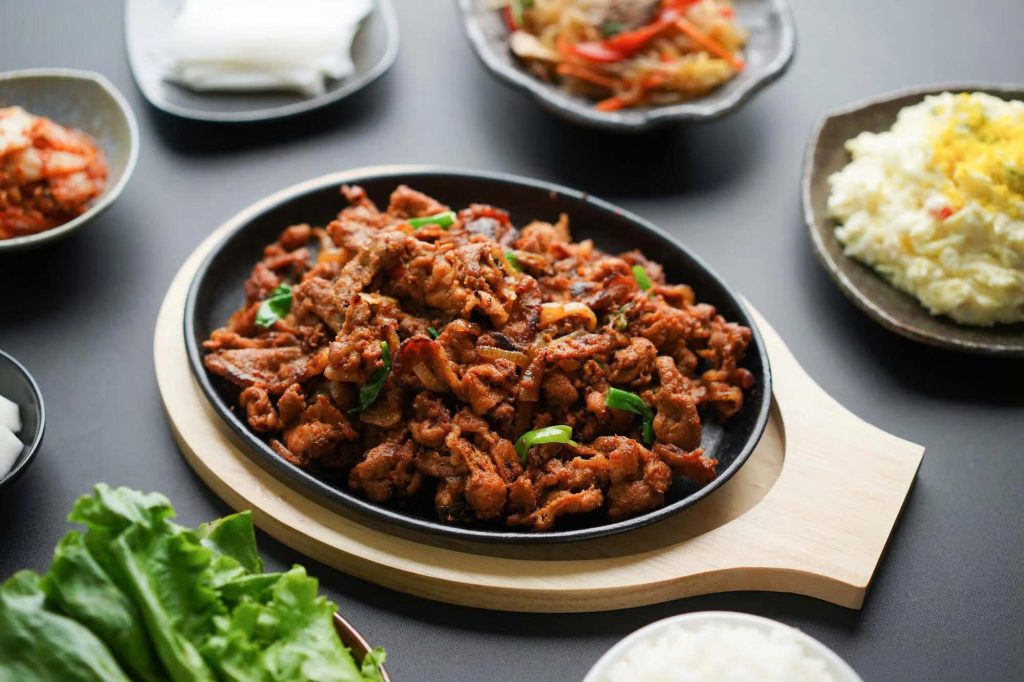
Korean cuisine is communal, with shared dishes (Banchan) and specific rules that maintain harmony at the table.
The Start and Stop of the Meal
- Wait for the Senior: Never begin eating until the oldest or highest-ranking person at the table picks up their utensils and starts the meal.
- Utensil Use: Use your spoon for rice and soup. Use chopsticks for the side dishes (Banchan). Do not use chopsticks for rice—that’s reserved for the spoon.
- Chopstick Don’ts: Never stick chopsticks upright into your rice bowl; this is only done during ancestral rites. Do not gesture with or point chopsticks at people.
The Rules of Korean Drinking Culture
Drinking is a deeply social activity, especially involving Soju (소주) or Makgeolli (막걸리).
- The Turn-Away Rule: When drinking an alcoholic beverage, particularly in front of someone older or of higher status, turn your head away from them and cover your mouth with your hand as you take a sip. This shows deep respect.
- Pouring Drinks: You must never pour your own drink (self-serving is rude). Always refill the glasses of those around you, starting with the most senior person. Use both hands when pouring for an elder.
- Receiving a Drink: When someone pours for you, hold your cup with two hands, especially if the person pouring is older.
Tipping, Noise, and Restrooms
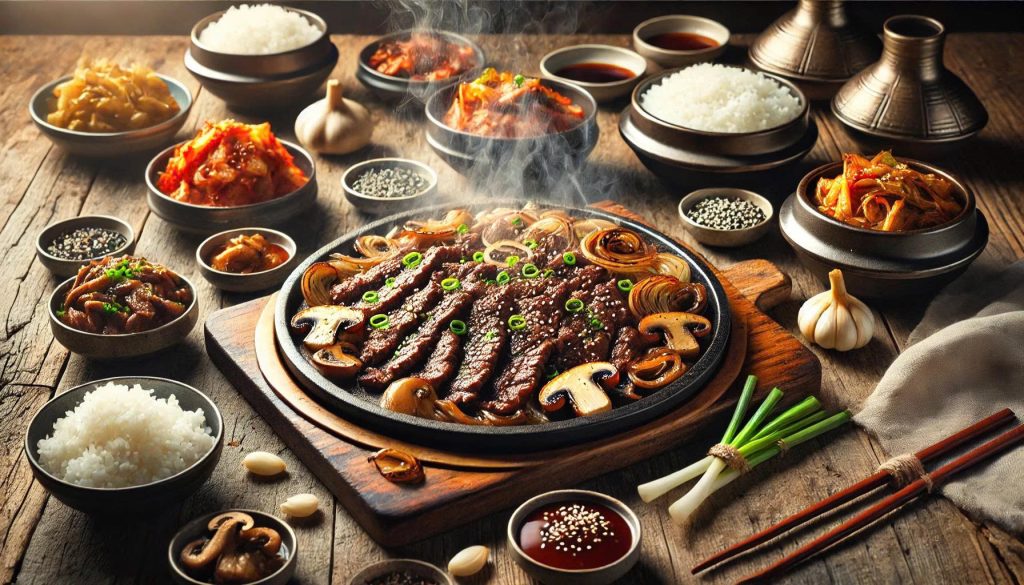
- Tipping is Not Required: Service charges are usually included, and tipping is generally unnecessary. In some situations, it may even cause awkwardness or offense.
- Noise at the Table: Slurping soup or noodles is acceptable and can sometimes be seen as an appreciation for the food. However, never blow your nose at the dining table; excuse yourself to the restroom.
- Restroom Etiquette: In many older parts of Korea, the plumbing systems are not designed to handle toilet paper. Look for signs; if advised, dispose of toilet paper in the designated bin beside the toilet.
Public Behavior and Personal Boundaries
- Public Transport Decorum: The Seoul Subway System is excellent, but maintain a quiet, respectful demeanor. Loud phone calls or conversations are frowned upon.
- Physical Contact: Avoid public displays of affection (PDA) and touching or patting strangers.
- Shoe Etiquette: Always remove your shoes when entering homes, traditional restaurants, guesthouses (Hanok), or temples. Ensure your socks are clean and hole-free!
RELATED: Top 15 Must-Try Korean Dishes You Can’t Miss: K-Food Journey
2. Diving Deeper into Korean History and Identity
The modern manners and lightning speed of Korea are best understood through its tumultuous and resilient history.
The Roots of the Korean Soul
The Joseon Dynasty and Neo-Confucianism
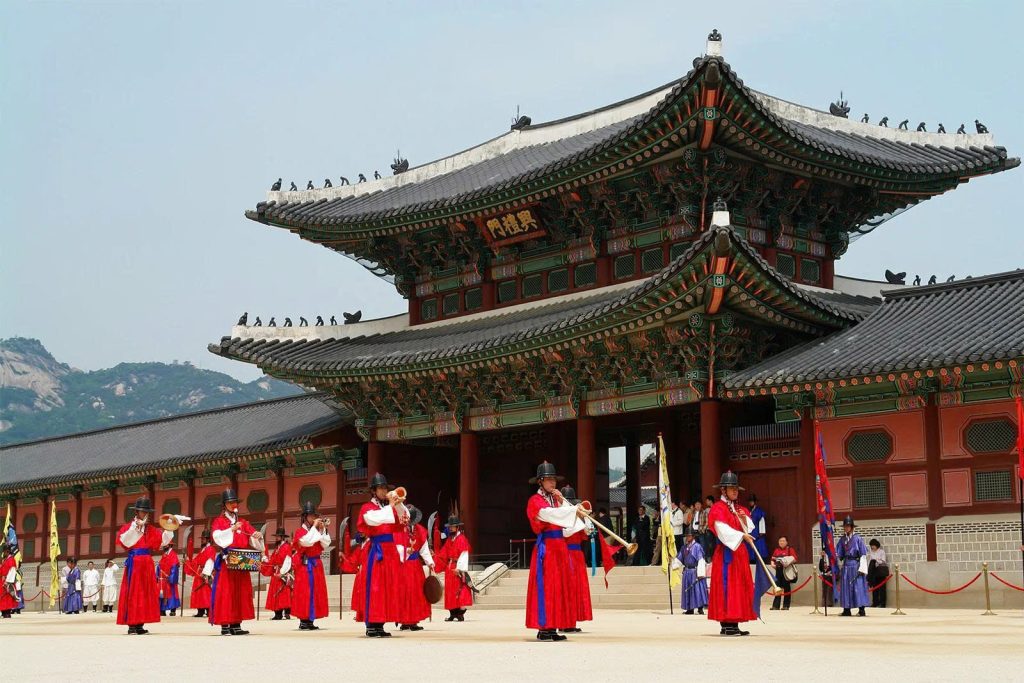
- The Joseon Dynasty (1392–1897) established Neo-Confucianism as the state ideology for over five centuries. This ideology is the single most powerful force shaping contemporary social behavior—determining the rules of etiquette, the emphasis on education, and the structure of the family unit.
- Hangul’s Birth: The invention of the scientifically designed Hangul alphabet by King Sejong the Great in 1443 revolutionized literacy and became a powerful symbol of Korean national identity.
Resilience and the Divided Peninsula
- The Korean War (1950–1953): The conflict remains the defining national trauma. The resulting division along the DMZ (Demilitarized Zone) creates a geopolitical tension that is constantly felt, fueling national unity and a drive for success.
- The Miracle on the Han River: The rapid economic recovery after the war, known as the Miracle on the Han River, transformed South Korea from an agrarian society into an economic powerhouse and technological leader in less than four decades. This fuels the national trait of Palli-Palli (Hurry-Hurry).
Modern Cultural Phenomena
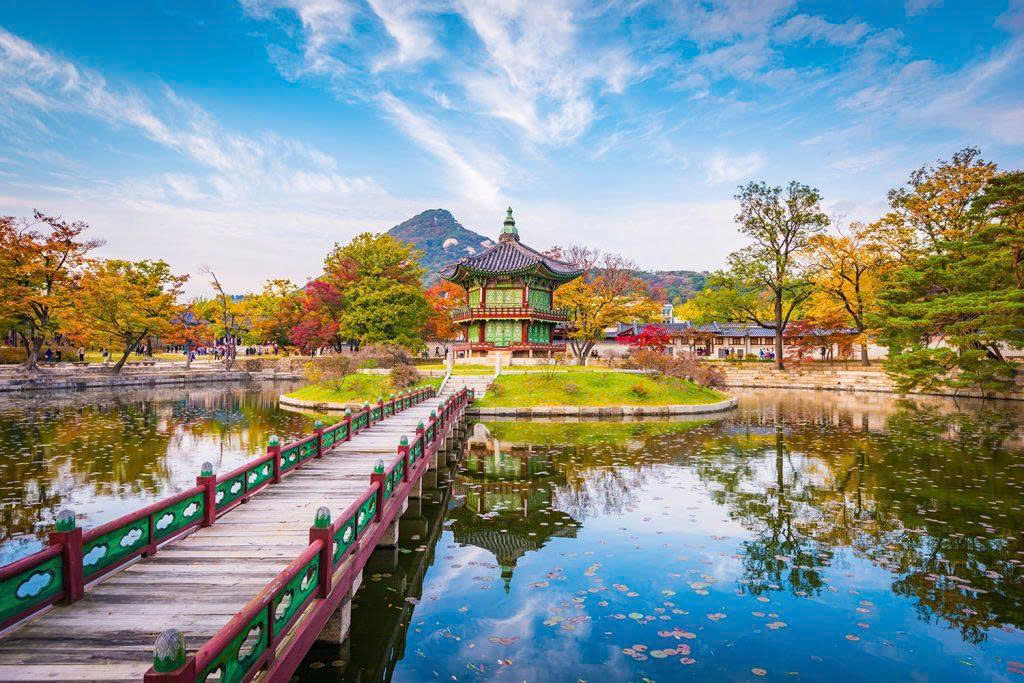
Hallyu: The Global Korean Wave
- The global explosion of K-Pop (BTS, BLACKPINK), K-Dramas (Squid Game), and Korean cinema (Parasite) has made Korean culture a global entity. Hallyu acts as a powerful ambassador, increasing tourism and cultural curiosity worldwide.
Jjimjilbang and Relaxation Culture
- These are large, gender-segregated public bathhouses and saunas that are open 24/7. They are essential to Korean social life, offering a democratic space for relaxation, communal dining, and socializing—a true window into local life.
Traditional Arts and Architecture
- Hanok (한옥): Traditional Korean houses, often beautifully preserved in neighborhoods like Bukchon Hanok Village in Seoul. They embody the traditional Korean aesthetic, using natural materials like wood and stone.
- Hanbok (한복): The vibrant, elegant traditional clothing. Many tourists rent Hanbok when visiting historic sites like the Gyeongbokgung Palace for beautiful photos and to gain free entry to the palaces.
- UNESCO World Heritage Sites: Korea boasts numerous sites, including the ancient Jongmyo Shrine and the fortified walls of Hwaseong Fortress, showcasing its deep historical roots.
RELATED: Your Ultimate Guide to Budget Travel in South Korea
3. Essential Travel Tips for an Effortless Journey
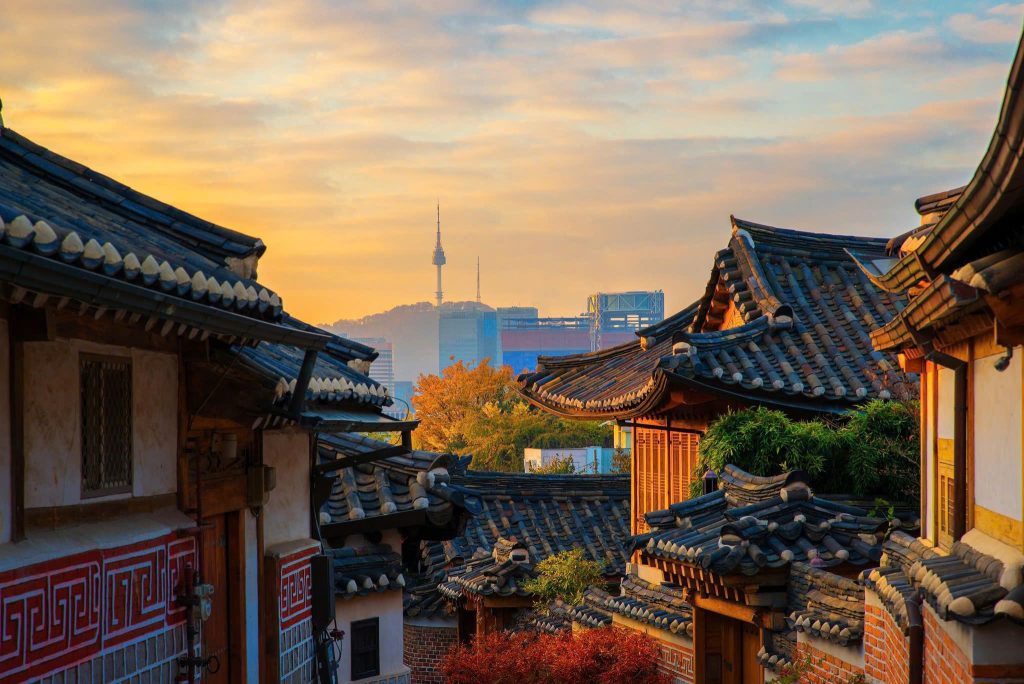
Your cultural understanding is only complete with the practical knowledge to move seamlessly through the country. This section covers the logistics you need for a stress-free trip.
Connectivity and Navigation
The Local App Ecosystem
- Crucial Tip: Google Maps often fails to provide accurate public transit directions in South Korea due to government restrictions. You must rely on local apps.
- Must-Have Apps:
- Naver Map or KakaoMap: Essential for navigation and real-time directions.
- KakaoMetro: Best for navigating the vast subway systems in Seoul and Busan.
- Papago: The best translation app, powered by Naver, highly superior to Google Translate in the Korean context.
Staying Connected
- Wi-Fi Egg/eSIM: Renting a portable Wi-Fi Egg or buying an eSIM is vital. Korea is hyper-connected, and you need constant internet access for mapping and translation.
- Free Wi-Fi: Widely available in major cities, especially on public transport and in cafes.
Transportation Mastery
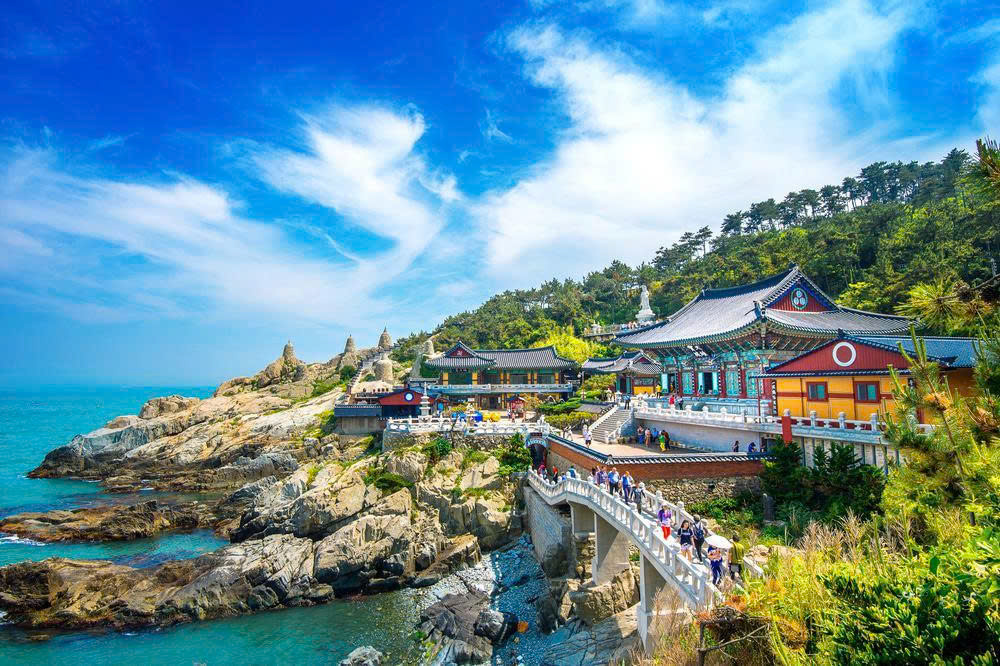
T-Money Card: Your Key to the City
- The T-Money Card is non-negotiable. Purchase it immediately at convenience stores (CU, GS25) or subway stations.
- It is a rechargeable transit card used for subways, buses, and even some taxis across nearly all major Korean cities. It is cheaper and more convenient than buying individual tickets.
Public Transit and Taxis
- Subway: The fastest and most efficient way to travel in Seoul, Busan, and Daegu. Lines are color-coded and clearly marked in English.
- Taxis: Readily available. For easy booking and non-Korean speakers, use the Kakao T app, which works similarly to Uber/Grab but partners with local taxi drivers.
Money and Budgeting
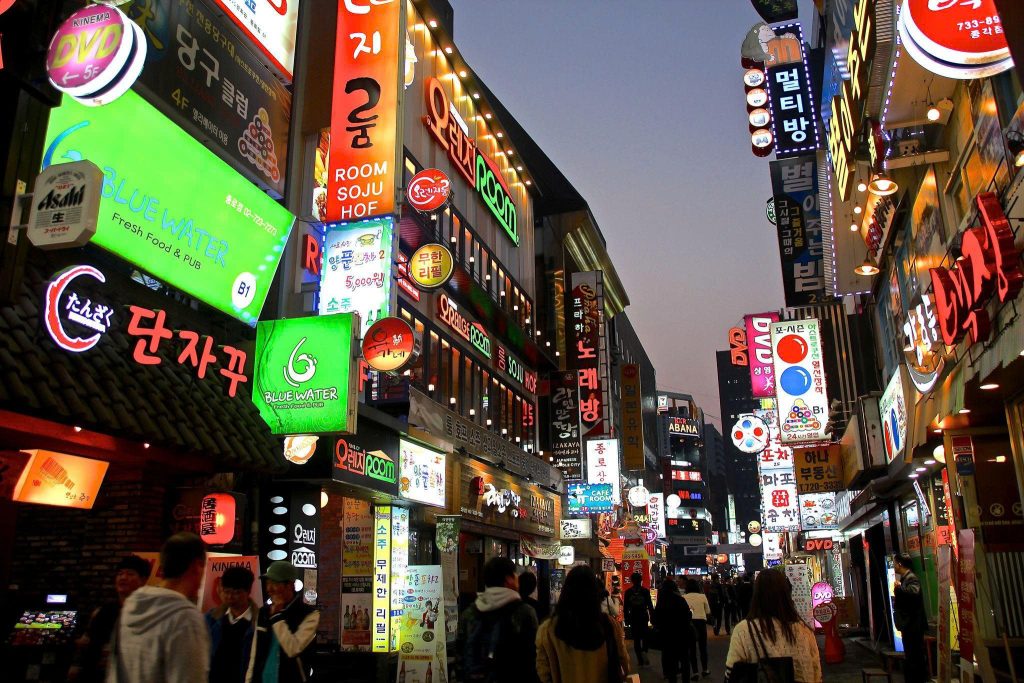
Currency and Transactions
- Currency: Korean Won (KRW ₩).
- Payment: South Korea is one of the world’s most cashless societies. Credit and debit cards (Visa, Mastercard) are accepted virtually everywhere, even at small food stalls.
- Cash Needs: You will only need cash for the T-Money Card, some traditional market vendors, and occasionally for minor purchases. Global ATMs are common in major urban areas.
Planning Your Budget
| Item | Estimated Daily Cost (KRW) | Notes |
| Budget Accommodation (Hostel/Guesthouse) | ₩35,000 – ₩70,000 | Booking in advance is highly recommended. |
| Mid-Range Hotel | ₩110,000 – ₩200,000 | Prices surge during peak Hallyu and holiday seasons. |
| Food (Budget to Mid-range) | ₩45,000 – ₩70,000 | Street food is cheap; Korean BBQ and full meals are mid-range. |
| Transportation (Daily) | ₩7,000 – ₩10,000 | Based on 3–4 trips/day using T-Money. |
Health, Safety, and Emergency Preparedness
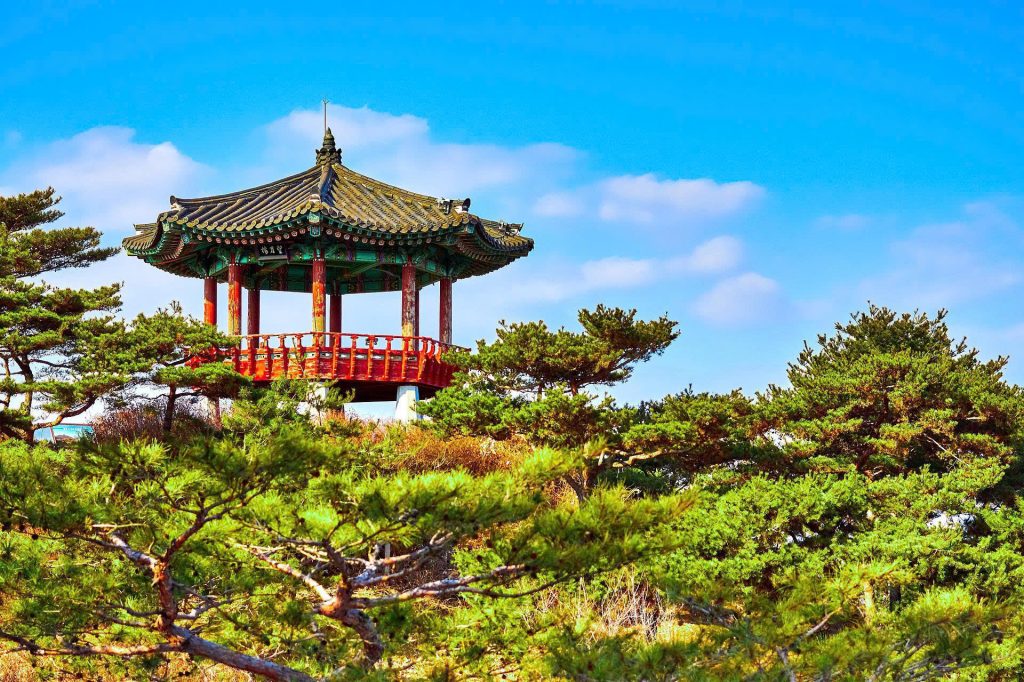
- Safety Record: South Korea is consistently ranked among the safest countries globally. You can generally feel secure walking alone at night, even in major cities.
- Emergency Contacts: Police: 112, Ambulance/Fire: 119
- Health: Tap water is generally safe to drink, but bottled water is easily accessible. Pharmacies are numerous and well-stocked.
4. Thematic Exploration: Arts, Food, and Beauty
To truly round out your cultural guide, these thematic areas are essential for the modern traveler.
Korean Culinary Arts (K-Food)
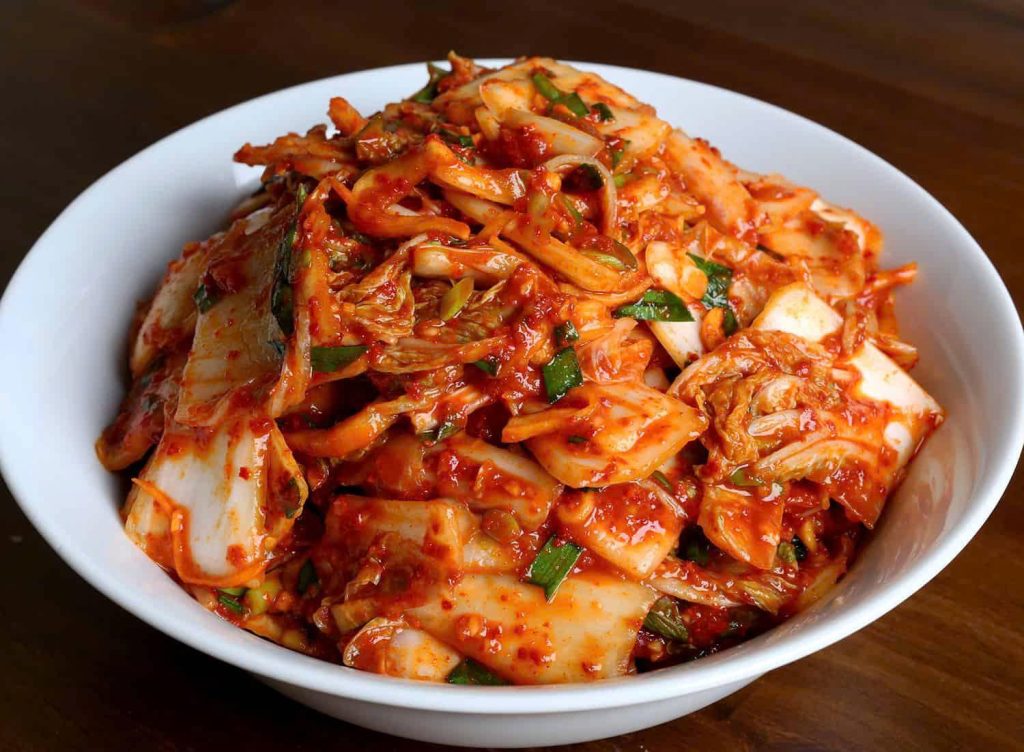
Korean food is a major part of the travel experience, emphasizing fermentation, balance, and communal dining.
- Kimchi (김치). The fermented national dish, served with almost every meal. Understanding its importance is key to understanding Korean cuisine.
- Street Food Culture: Explore markets like Myeongdong for classics like Tteokbokki (spicy rice cakes) and Hotteok (sweet pancakes).
- Korean BBQ (K-BBQ): A highly social dining experience where meat is grilled at the table. Remember to abide by the drinking etiquette when sharing Soju!
- Temple Food: For a unique, clean eating experience, seek out temple food, which is vegetarian and deeply connected to Buddhist practices.
Arts and Entertainment
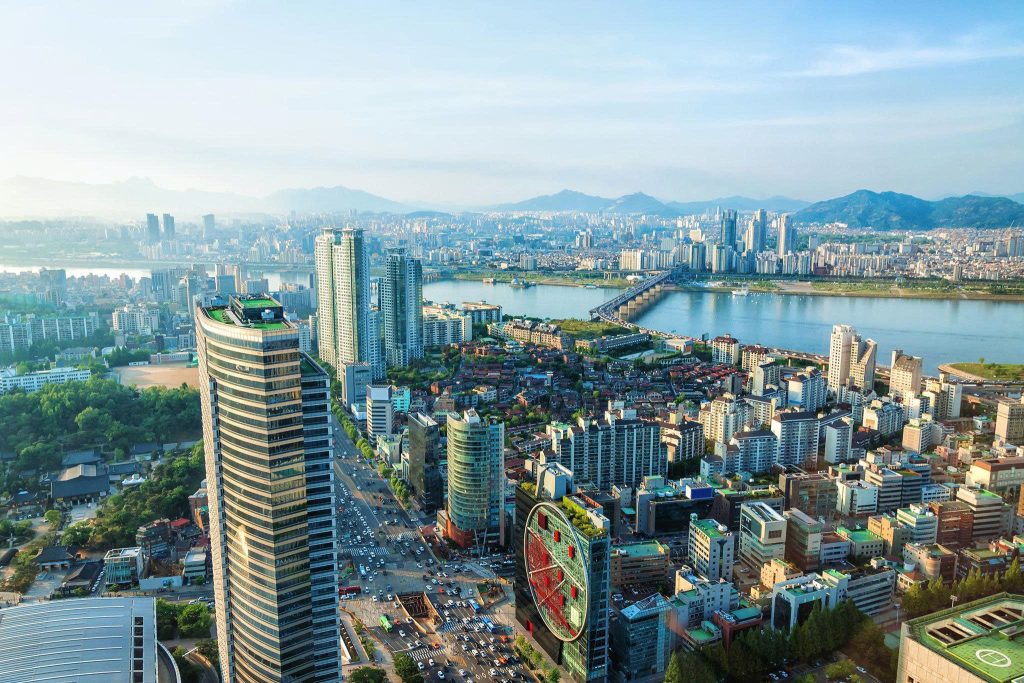
- PC Bangs (PC Rooms): These internet cafés are a staple of Korean leisure, showcasing the nation’s passion for competitive gaming and technology.
- Noraebang (Karaoke): Essential for social bonding. Rent a private room with friends; it’s a great way to participate in Korean social life.
- Independent Cinema: Beyond the massive blockbusters, explore smaller theaters in areas like Hongdae for independent Korean films.
Korean Beauty and Style
- K-Beauty: The global dominance of K-Beauty (Korean skincare) has made destinations like Myeongdong and Gangnam shopping paradises.
- Modesty in Dress: While Seoul is highly fashionable, dress modestly when visiting temples or remote traditional areas, covering shoulders and knees.
RELATED: Best Time to Visit to South Korea for Cherry Blossoms and Festivals
South Korea offers a journey that is as intellectually stimulating as it is visually spectacular. By mastering the art of Korean etiquette, respecting the deep historical foundations of the nation, and utilizing these essential travel tips, you are prepared for a profound and rewarding adventure.

